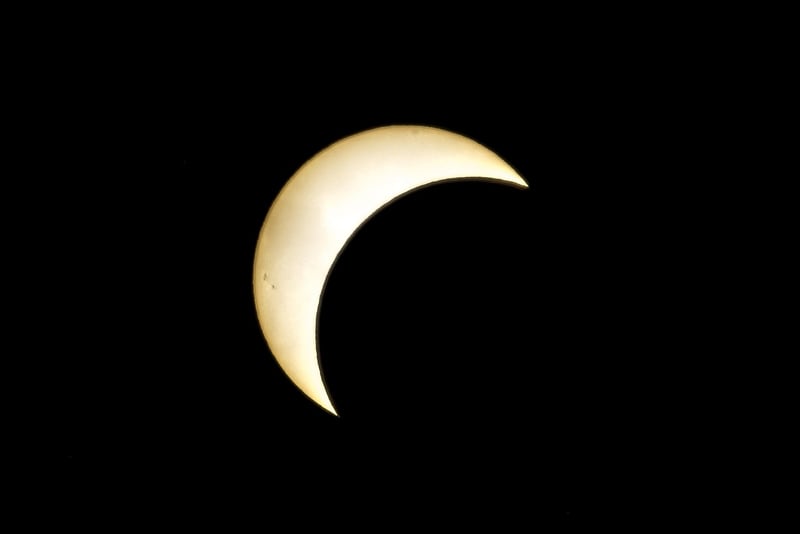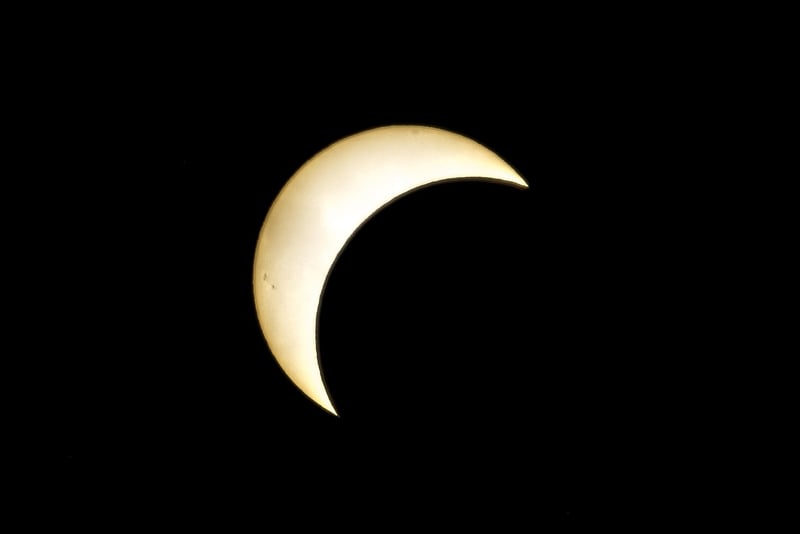Solar Eclipses
Celestial Spectacles: Exploring the Wonders of Solar Eclipses

Witnessing a solar eclipse is a truly awe-inspiring experience that connects us to the vastness of the universe. As the moon passes between the sun and Earth, it casts a shadow on our planet, temporarily blocking out the sun's light and creating a celestial spectacle.
Types of Solar Eclipses
There are three main types of solar eclipses:
- Total Solar Eclipse: When the moon completely covers the sun, revealing the sun's outer atmosphere (corona).
- Partial Solar Eclipse: When only a portion of the sun is blocked by the moon.
- Annular Solar Eclipse: When the moon is farthest from Earth, appearing smaller and not completely covering the sun, creating a ring of fire effect.
Where to See Solar Eclipses
Solar eclipses occur around the world but are only visible in specific regions during each event. Planning ahead and researching upcoming eclipses can help you witness this extraordinary phenomenon in person. Remember to use proper eye protection when viewing a solar eclipse to prevent eye damage.

Upcoming Solar Eclipses
If you're eager to witness a solar eclipse, here are some upcoming events to mark on your calendar:
- Partial Solar Eclipse - Date: October 25, 2022 - Location: North America, Europe, Asia
- Total Solar Eclipse - Date: December 4, 2021 - Location: Antarctica
- Annular Solar Eclipse - Date: June 14, 2022 - Location: Africa, Asia, Australia
Each solar eclipse is a reminder of the beauty and precision of celestial mechanics. Don't miss the chance to witness this incredible event and marvel at the wonders of our solar system!
